The potential risk for airborne transmission of SARS-CoV-2, the virus that causes COVID-19, has put the need for safer indoor environments in the spotlight. And this need has put a small Israeli company, with an artificial intelligence technology solution to purify and manage indoor air quality, at the heart of the battle on how to keep public indoor spaces open and safe.
“What COVID-19 did for our company is fast forward the awareness of the importance of indoor environments,” Aviad Shnaiderman, co-founder and CEO of Aura Air, tells NoCamels. “You can see the haze and and you can see the smog, so, people know about outdoor air quality. But no one was really paying enough attention to the indoor environment.”
COVID-19 has made sure people are now paying attention.
After all, the novel coronavirus has upended public life, especially indoors. So far, the world’s super-spreader events have mainly taken place indoors – in Israel, there was a large COVID-19 outbreak in a high school in May 2020; in South Korea, a church group sent numbers skyrocketing; and in the US, an indoor two-day corporate conference had disastrous results.
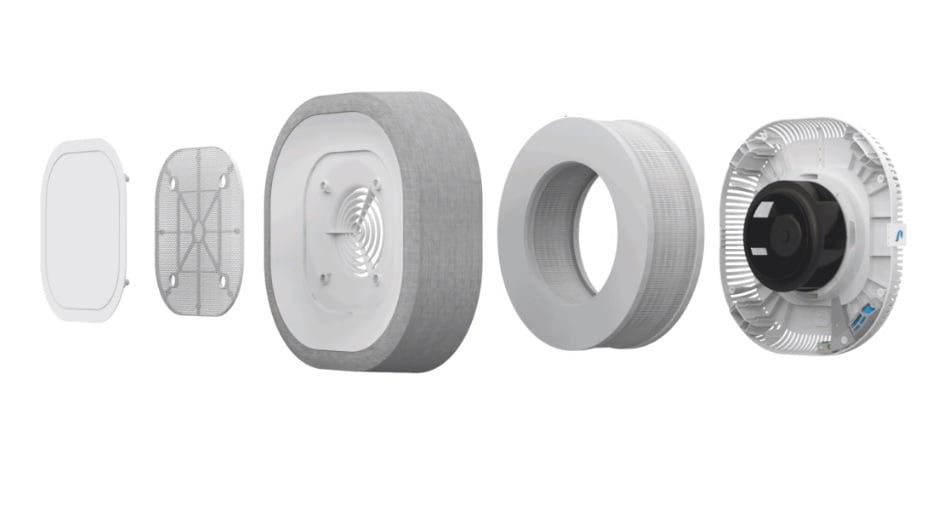
A Hong Kong research paper published in October 2020 shows that indoor environments are the most common venues in which SARS‐CoV‐2 is transmitted. The study looked at 7,324 identified cases in China (not including Hubei province, the epicenter of the outbreak, nor major cities like Beijing, Shanghai, and Guangzhou) between January and February 2020, and found only one outbreak occurred outside, during a conversation between two men – one of whom had returned from Wuhan.
So, while governments advocate “stay home, stay safe” campaigns, Shnaiderman adds that when staying indoors the air quality must be monitored and treated.
“There are airborne particles, gases, and aerosols carrying viruses in the air,” says Shnaiderman, who co-founded Aura Air with his brother, Eldar Shnaiderman, the CTO. “If you cannot smell it, you think everything is fine. So, we created an app to visualize the problems.”
Aura Air’s clean air solution
Aura Air was established three-and-a-half years ago, before the novel coronavirus overturned our lives. From the beginning, the company’s mission was to improve indoor air quality globally. Their father runs a company for heating, ventilation, and air conditioning (HVAC) systems and the Shnaiderman brothers were very aware of the need for uncontaminated indoor air.
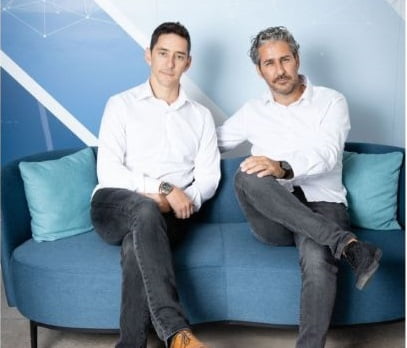
“People understand what they eat, drink, where they workout, etc. But people weren’t paying attention to what they breathe. We started our business because we thought that people are going to pay more attention about what they breathe,” says Shnaiderman.
Outdoor air quality monitoring apps, like Israel’s BreezoMeter, have seen rapid adoption across urban areas worldwide.
Like the sensors and IoT outdoor monitoring systems, the Aura Air technology monitors the presence of airborne particles and gases indoors and purifies and disinfects any viruses, molds, bacteria and fungi found. The company uses four patented filters to change the air in a room every two-and-a-half hours.
Shnaiderman shows NoCamels how, through the app, you can see the volatile organic compounds (VOC) which are emitted as gases, humidity levels (if the indoor relative humidity is above 60 percent then mold and mildew begin to form), and CO and CO2 levels as compared to the local outdoor conditions.
The user can add categories – if s/he/they is asthmatic or allergic to dust and the sensors will create an indoor air quality environment to suit these needs. Moreover, the app can highlight relevant high-risk scenarios and notify the user what needs to be disinfected or purified.

There’s a pre-filter that catches large particles of dust, pollen, insects, animal hair and other large particles. The pre-filter also absorbs VOCs and bad odors and filters viruses, and bacteria. The Ray-Filter then neutralizes bacteria, viruses, and parasites. Then there’s a UVC LED component and a sterionizer generate positive and negative ions to purify and freshen indoor air and continue to eliminate harmful pollutants.
Sign up for our free weekly newsletter
Subscribe“We’re not just giving you the awareness that you have a problem or telling you that this parameter is not good. We are giving you an actionable insight to know exactly what to do with the data. We are gathering the data and understanding the situation and analyzing it to actionable insights,” says Shnaiderman. “If you have a smart system, we can even trigger the system automatically to do a treatment: to provide fresh air to a specific room.”
This ability to keep air indoors clean can be a game-changer.
Clean air in a COVID-19 world
A study from Japan published in April shows that the risk of infection indoors is almost 19 times higher than in open-air environments. Other scientific studies are trying to answer the question of how can airborne transmission of COVID-19 indoors be minimized, and environmental agencies like the European Public Health Alliance (EPHA) and the US Environmental Protection Agency (EPA) are issuing repeated warnings about the hazards of unclean air.
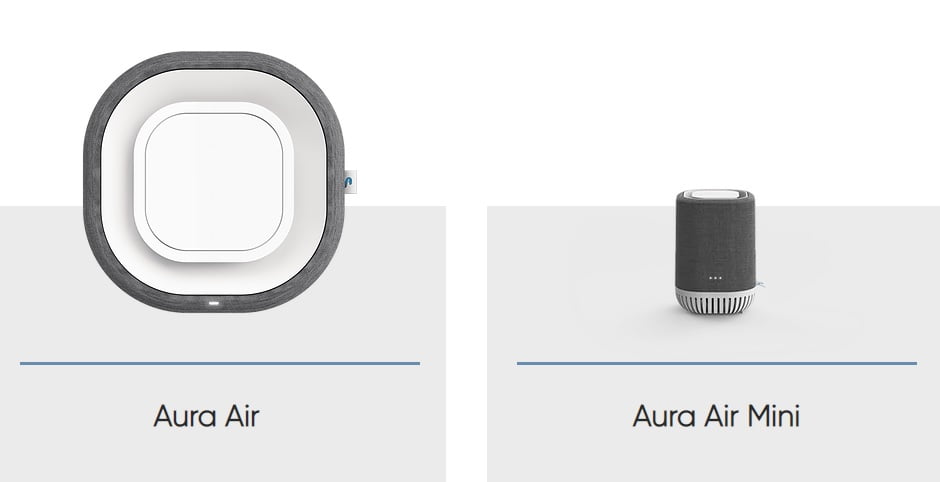
Of course, Aura Air is not the only air quality platform for indoor use.
But they are in the news for their recent contracts and internal clinical experiments with the Sheba Medical Center at Tel Hashomer Hospital, with results showing that their solution was 99.9 percent effective at disinfecting against COVID-19 particles, among other pathogens.
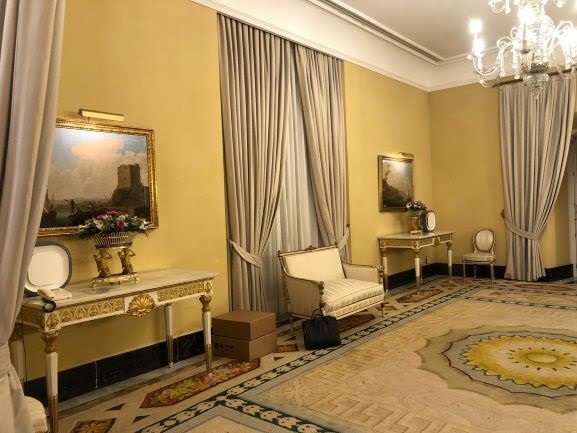
In March 2020, Aura Air had clients in three countries. By December, the company was operating in over 50 countries. Its technology was installed in the reception halls of the King of Spain’s Zarzuela Palace, the residence and working offices of the reigning monarch, Felipe VI, on the outskirts of Madrid.
Last month, Aura Air hit global headlines again with news of a $30 million deal with Japan’s JTEC Corporation, a company specializing in safety and security. The Japanese distributor announced that it would be using Aura Air’s solution to help keep open Japan’s karaoke establishments, one of the main social activities of Japanese adults.
Looking into the proverbial crystal ball, possible ramifications for being able to keep COVID-19 out of a room are enormous: the entertainment industry could fill theaters again, sports arenas could host live audiences, hospital waiting rooms won’t be health hazards.
“Buses, trains, educational institutes, hospitals, clinics, hotels, you name it,” says Shnaiderman about the current places now using their products. “The industry is endless. Even with the vaccine, people are thinking twice about going anywhere indoors.”
Indeed, for this New Normal to return to normalcy, everywhere – offices, stores, schools, museums, gyms, restaurants, sporting arenas, theaters, bars, etc. – must offer a sense of safety indoors.
“The novel coronavirus is important, and it is great that we can remove it from the air in a room, but the most important thing is to understand the presence of all airborne particles and gases, which can carry 600 types of another coronavirus or something else. We don’t know how many things we have in the air flow, viruses, problems of infectious diseases. So awareness is critical,” says Shnaiderman, noting that he makes it a point to diminish the prominence of the novel coronavirus when it comes to the greater understanding of air quality inside.
“The air quality market is going to be a huge market. People are aware. They are going to buy devices that help them visualize what is in the air they breathe, and how to treat the air to make sure they are breathing better. Breathing should not require a second thought.”
Viva Sarah Press is a journalist and speaker. She writes and talks about the creativity and innovation taking place in Israel and beyond. www.vivaspress.com
Related posts

Editors’ & Readers’ Choice: 10 Favorite NoCamels Articles

Forward Facing: What Does The Future Hold For Israeli High-Tech?

Impact Innovation: Israeli Startups That Could Shape Our Future


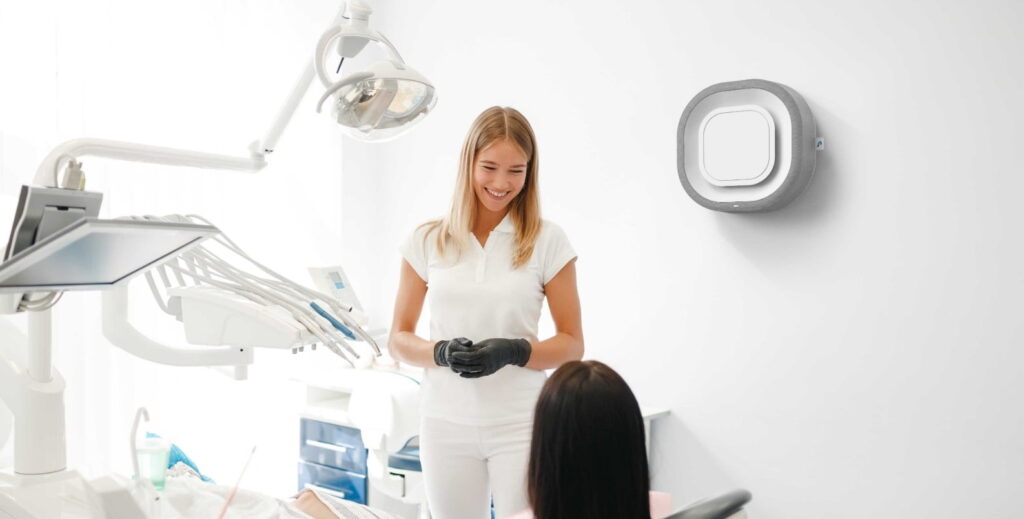

Facebook comments